Emblems Page #4
This page lists all the various symbols in the Emblems category.
An emblem is an abstract or representational pictorial image that represents a concept, like a moral truth, or an allegory, or a person, like a king or saint.
Although words emblem and symbol are often used interchangeably, an emblem is a pattern that is used to represent an idea or an individual. An emblem crystallizes in concrete, visual terms some abstraction: a deity, a tribe or nation, or a virtue or vice.
Symbols in this category:
Coat of arms of East Timor
The coat of arms of East Timor (officially: Timor-Leste) was introduced on 18 January 2007 under the Law 02/2007. It is based on a design first used when the country unilaterally declared independence on November 28, 1975.
The motto in Portuguese is "Unidade, Acção, Progresso" ("Unity, Action, Progress").
Coat of arms of Ecuador
The coat of arms of Ecuador (Spanish: Escudo de armas del Ecuador) in its current form was established in 1900 based on an older version of 1845.
Coat of arms of Egypt
The coat of arms of Egypt (Egyptian Arabic: شعار مصر) is a golden eagle looking towards the viewer's left (dexter).
Coat of arms of Equatorial Guinea
The national coat of arms of Equatorial Guinea was adopted on the 21st of August in 1979.
Coat of arms of Eritrea
The Coat of arms of Eritrea was adopted 24 May 1993 on the occasion of the declaration of independence from Ethiopia.
Coat of arms of Estonia
The current coat of arms of Estonia is a golden shield which includes a picture of three blue lions in the middle, with oak branches placed on both sides of the shield. The insignia was copied from the coat of arms of Denmark, which ruled northern Estonia in the thirteenth century.
Coat of arms of Fiji
The Coat of arms of Fiji was granted by Royal Letters Patent on 4 July 1908. It was featured on the colonial ensign and its shield remains on the current flag of Fiji.
Coat of arms of Finland
The coat of arms of Finland is a crowned lion on a red field, the right forepaw replaced with an armored hand brandishing a sword, trampling on a saber with the hind paws. The coat of arms was originally created around the year 1580.
Coat of arms of Gabon
The coat of arms of Gabon was designed by the Swiss heraldist and vexillologist Louis Mühlemann, one of the founding members of the FIAV and also designer of the former coat of arms of Congo. It has been in use since 15 July 1963.
Coat of arms of Germany
The coat of arms of Germany displays a black eagle (the Bundesadler "Federal Eagle", formerly Reichsadler "Imperial Eagle") on a yellow shield (Or, an eagle displayed sable). It is a re-introduction of the coat of arms of the Weimar Republic (in use 1919–1935) adopted by the Federal Republic of Germany in 1950. The current official design is due to Tobias Schwab (1887–1967) and was introduced in 1928.
Coat of arms of Guyana
The coat of arms of Guyana (Co-operative Republic of Guyana) was granted by the College of Arms on 25 February 1966.
Coat of arms of Iraq
The coat of arms or state emblem of Iraq is a golden black eagle looking towards the viewer's left dexter. The eagle is the Eagle of Saladin associated with 20th-century pan-Arabism, bearing a shield of the Iraqi flag, and holding a scroll below with the Arabic words جمهورية العراق (Jumhuriyat Al-`Iraq or "Republic of Iraq").
Coat of arms of Ireland
The coat of arms of Ireland is blazoned as Azure a harp Or, stringed Argent (a gold harp with silver strings on a blue background).
Coat of arms of Ivory Coast
The coat of arms of Ivory Coast in its current form was adopted in 2001. The focal point of the emblem is the head of an elephant. The elephant is symbolically important to the nation since it is the largest animal found in Côte d'Ivoire as well as being the source of ivory for which the nation is named. The rising sun is a traditional symbol of a new beginning. Below the elephant head is a banner containing the name of the nation.
Coat of arms of Jamaica
Considered as a legacy from the British with slight modifications, the Jamaican Coat of Arms was granted to Jamaica in 1661 under Royal Warrant. The original was designed by William Sancroft, then Archbishop of Canterbury.
Citation
Use the citation below to add this symbols category to your bibliography:
Style:MLAChicagoAPA
"Emblems Symbols." Symbols.com. STANDS4 LLC, 2024. Web. 26 Jul 2024. <https://www.symbols.com/category/6/Emblems>.

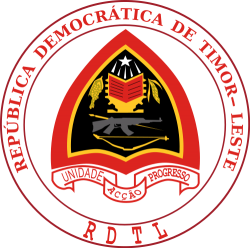
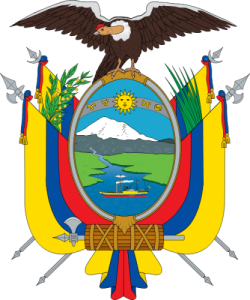
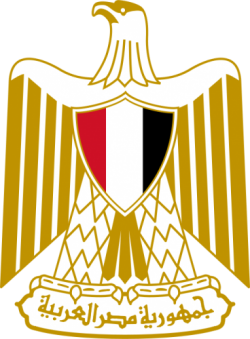
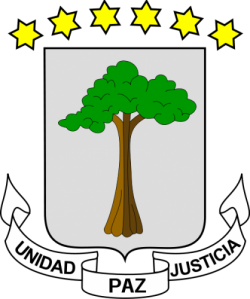
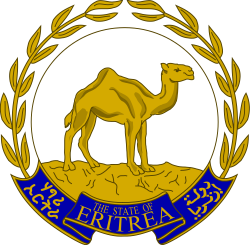
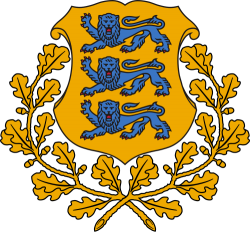
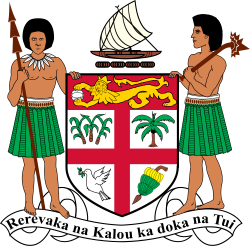
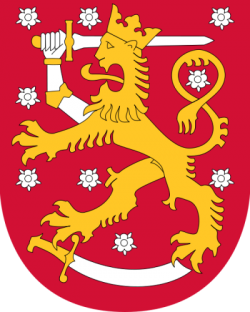
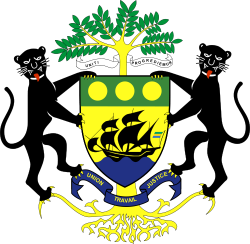
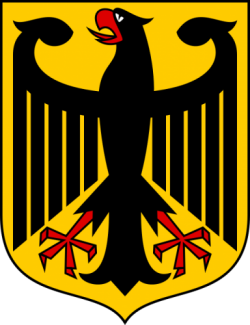
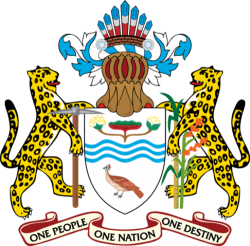
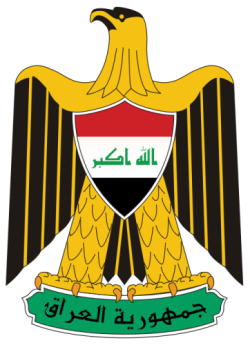
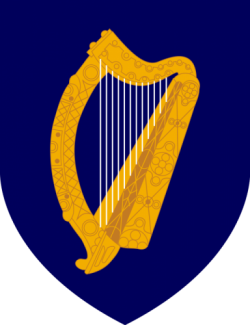
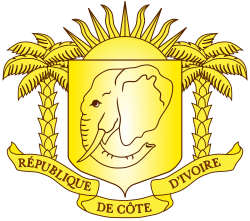
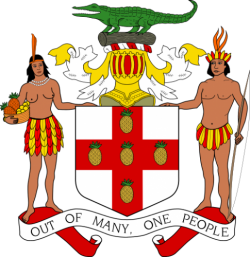
Have a discussion about the Emblems category with the community:
Report Comment
We're doing our best to make sure our content is useful, accurate and safe.
If by any chance you spot an inappropriate comment while navigating through our website please use this form to let us know, and we'll take care of it shortly.
Attachment
You need to be logged in to favorite.
Log In